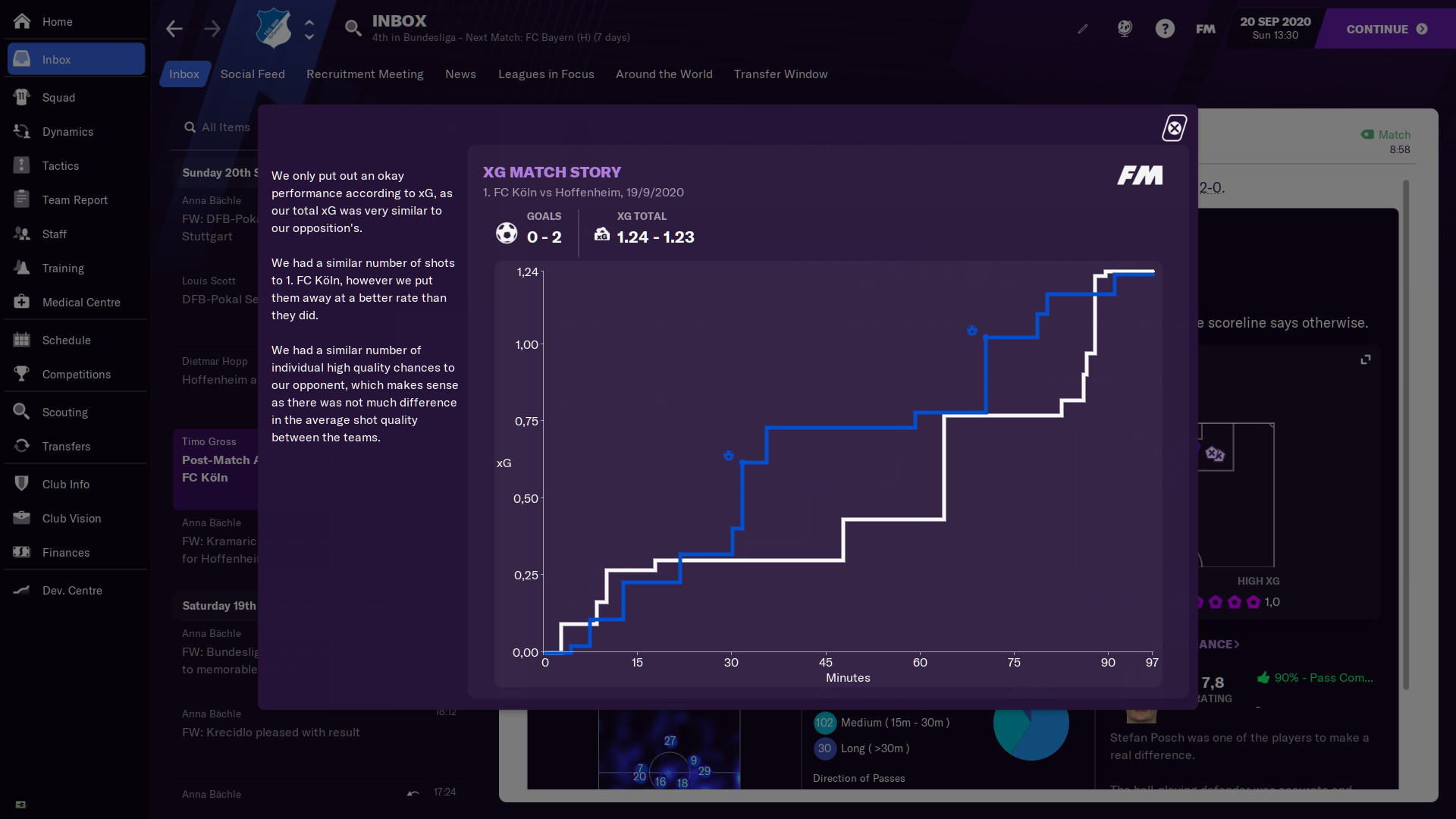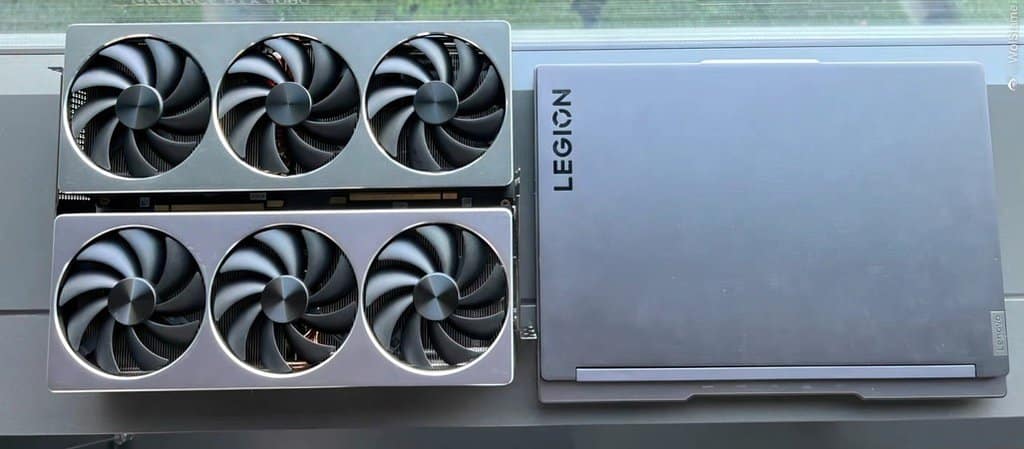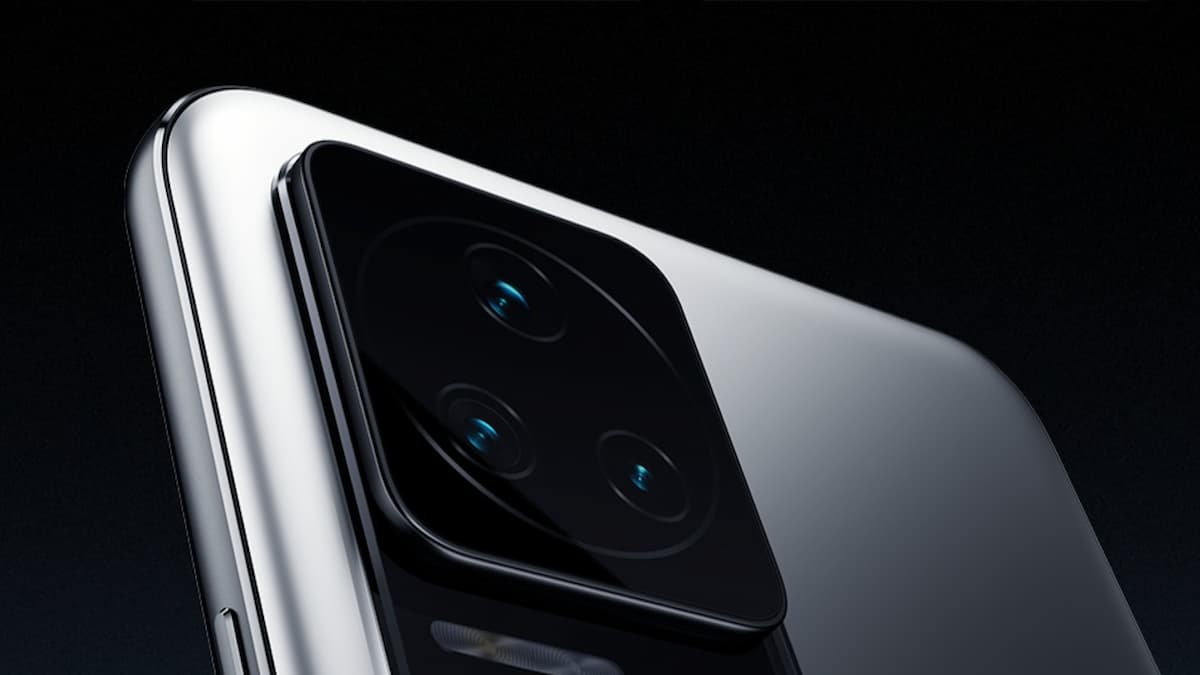
Redmi K50 and K50 Pro and Redmi K40S
On the evening of March 17, Redmi held a new product launch event, officially bringing the new K series flagship K50 series. The K50 series is divided into two models, Redmi K50 and K50 Pro. In terms of design, the two phones are identical, and the differences are all in the internal configuration.
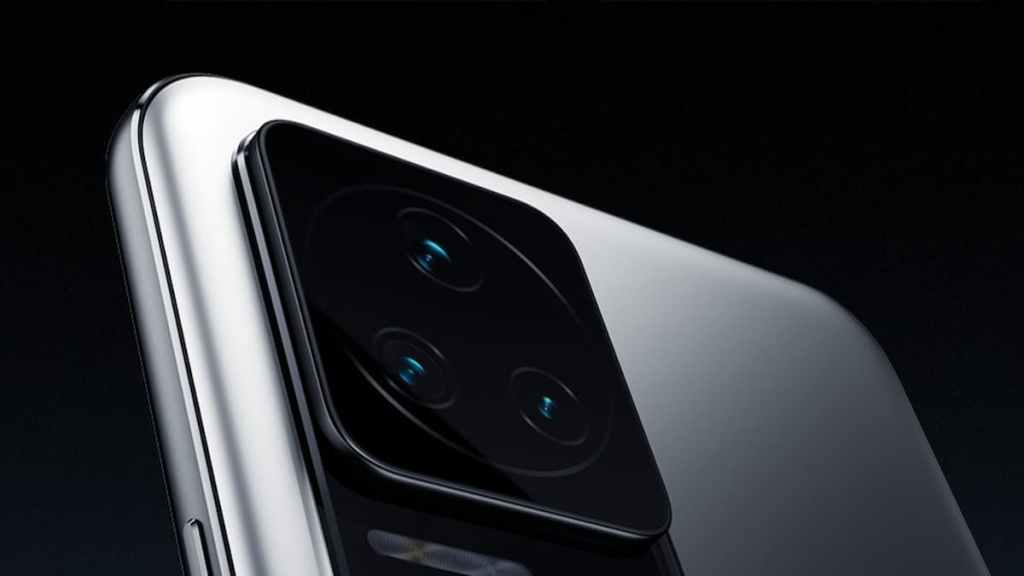
The two phones are equipped with a 6.67-inch AMOLED screen from Samsung, a flexible straight screen, centered single-hole design, with a resolution of 3200×1440p, reaching 2K level, supporting 120Hz refresh rate, 16,000 levels of automatic brightness, ambient color temperature sensing, Dolby Vision, HDR10+, and P3 color gamut.
The screen has a peak brightness of 1200nit and is DisplayMate A+ certified, achieving 16 screen records. In addition, the front of the screen uses a piece of Corning’s Gorilla Victus protective glass, which is 1.5 times more drop-resistant and 2 times more scratch-resistant than Corning’s fifth-generation Gorilla Glass.
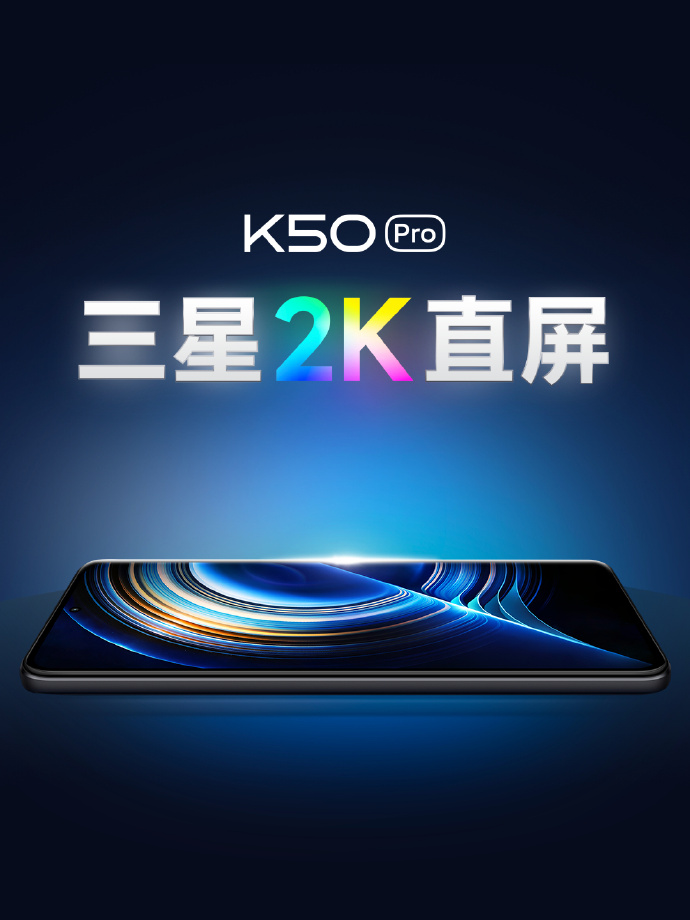
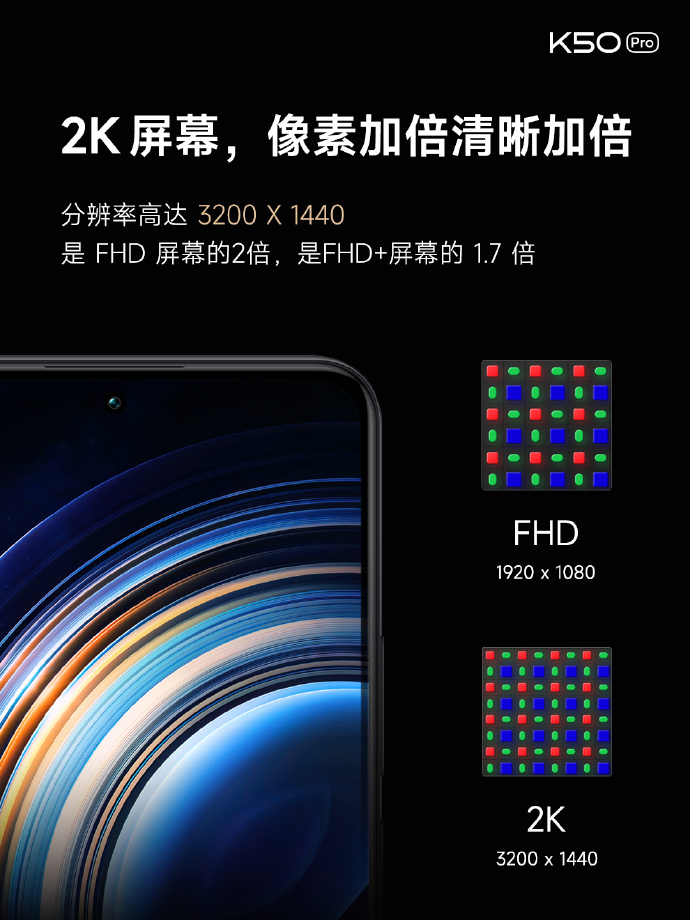
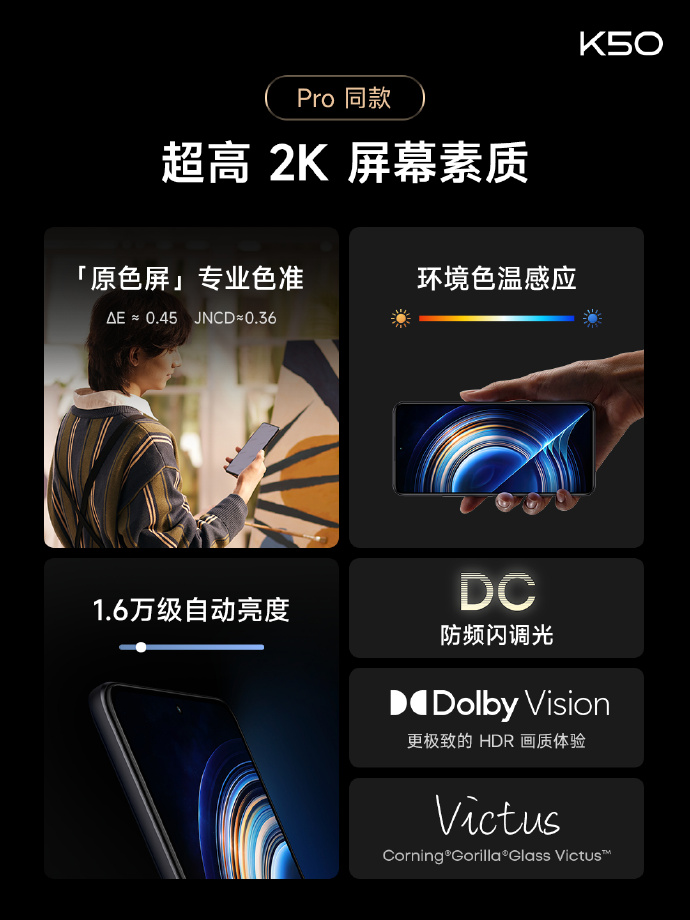
The Redmi K50 and K50 Pro have the same lens module design, which is officially called the Star Ring design, with a collision of square and round shapes. In terms of parameters, the K50’s three lenses are a 48MP OIS main camera + 8MP super wide-angle + 2MP macro, and the K50 Pro’s three lenses are 108MP OIS main camera + 8MP super wide-angle + 2MP macro, and the front lens is 20MP. So it can be said that the camera configuration of the two phones is identical except for the difference in the main camera.
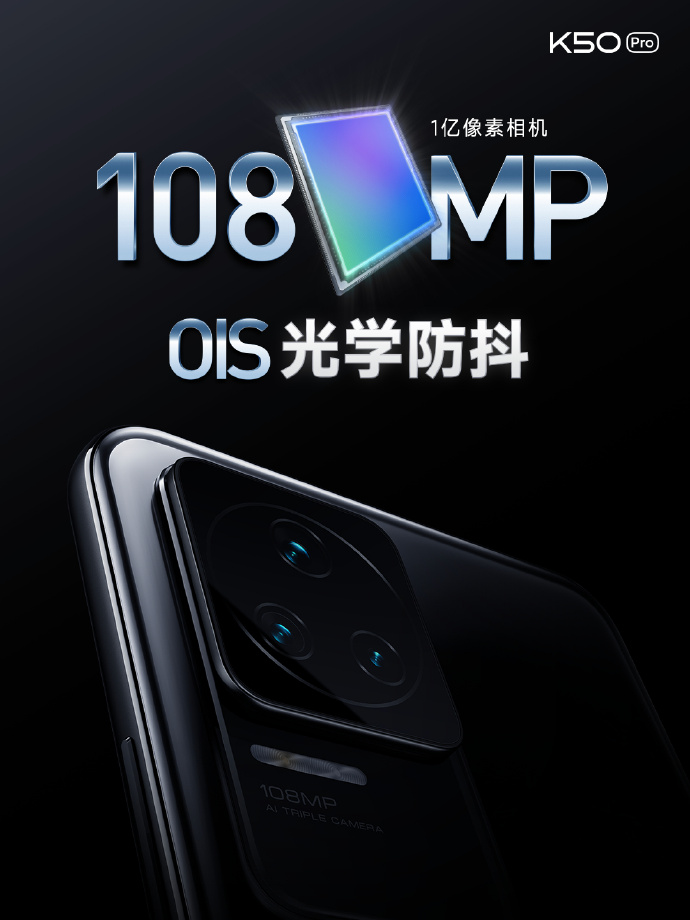
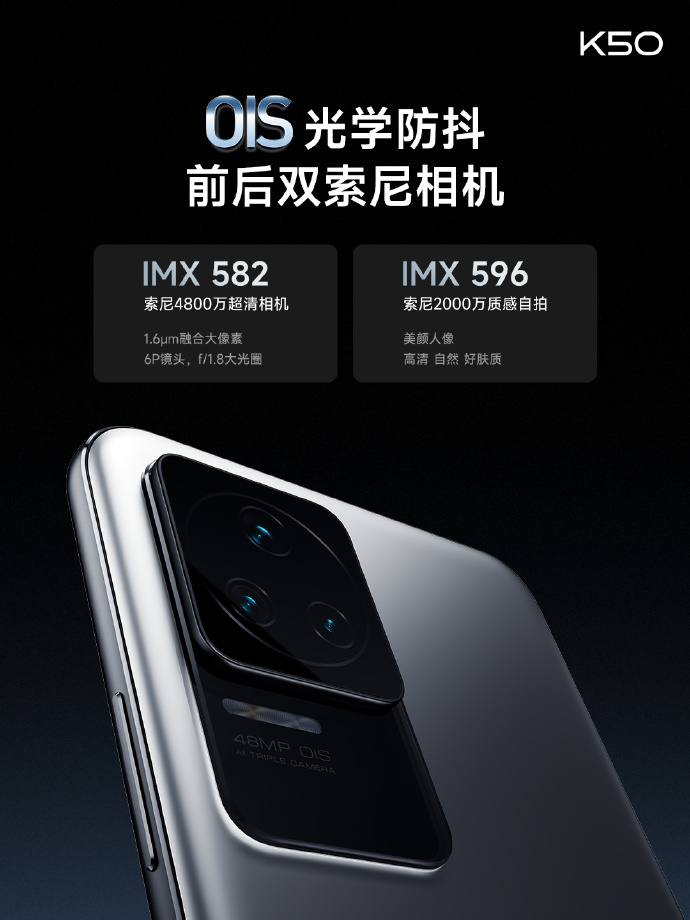
Core processor, the K50 world premiere of MediaTek Dimensity 8100 processor, the K50 Pro is equipped with the Dimensity 9000 processor, which is the most heavyweight chip brought by MediaTek this year, is expected to compete with Qualcomm Snapdragon 8 Gen1, and the industry praise for MediaTek’s processor this time is also very loud.
Dimensity 9000 released earlier, we have seen many times, TSMC 4nm process, the current Snapdragon 8 Gen1 most direct competitors; Dimensity 8100 words released on the first of this month, TSMC 5nm foundry, CPU core and Dimensity 8000, but the large core frequency increased to 2.85GHz, that is, four 2.85GHz Cortex-A78 large core and four 2.0GHz A55 energy-efficient cores.
In addition, the APU and GPU frequencies are pulled higher, by 25% and 20% respectively, and support WQHD+ 120Hz screen, the rest is the same as the Dimensity 8000 specifications. And the Dimensity 8000 series supports the Dimensity open architecture, providing higher flexibility for device manufacturers to customize the differentiated features of high-end 5G smartphones.
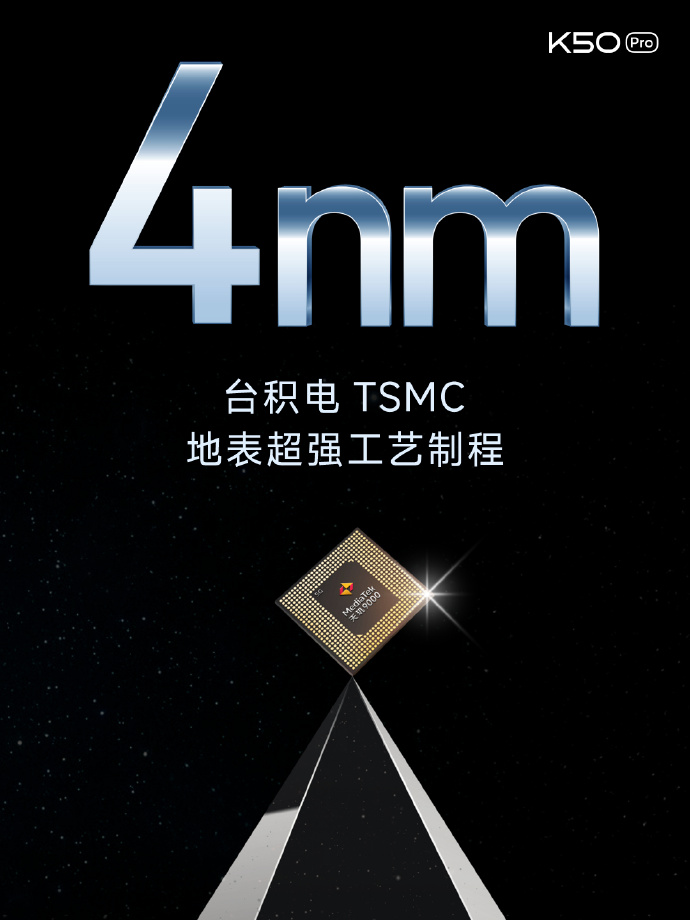
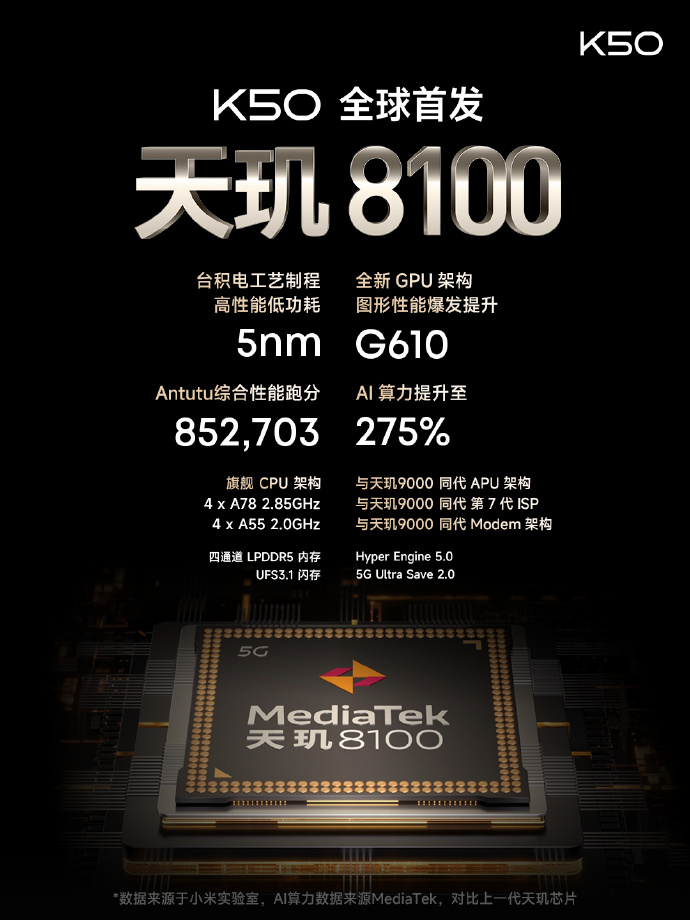
The battery capacity of the K50 is 5,500mAh, which supports 67W fast charging and can be charged to 100% in 48 minutes, while the K50 Pro has a smaller capacity of 5,000mAh, with a single battery cell, and a fast-charging speed of 120W.
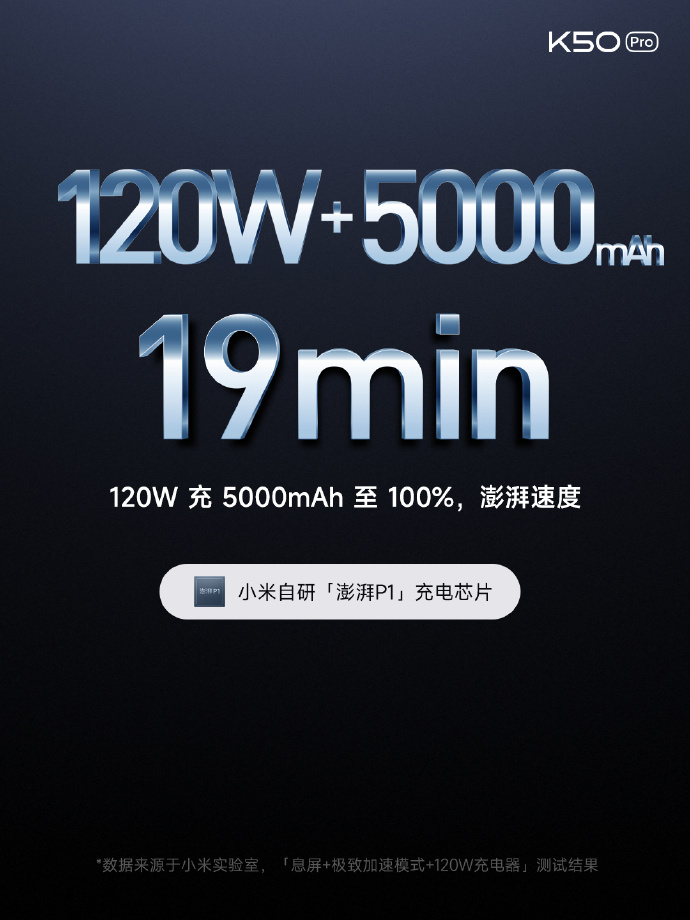
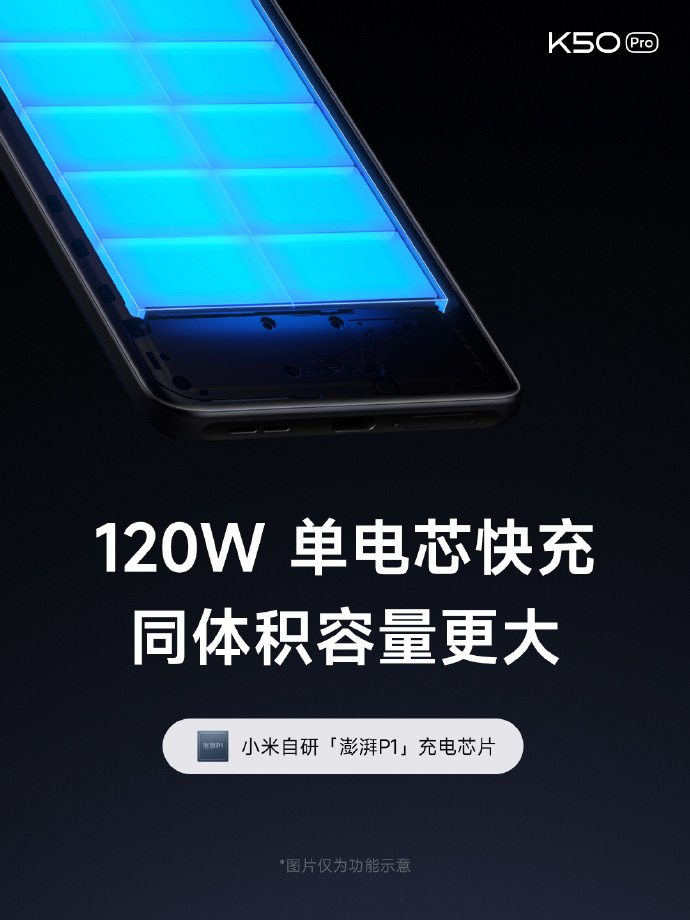
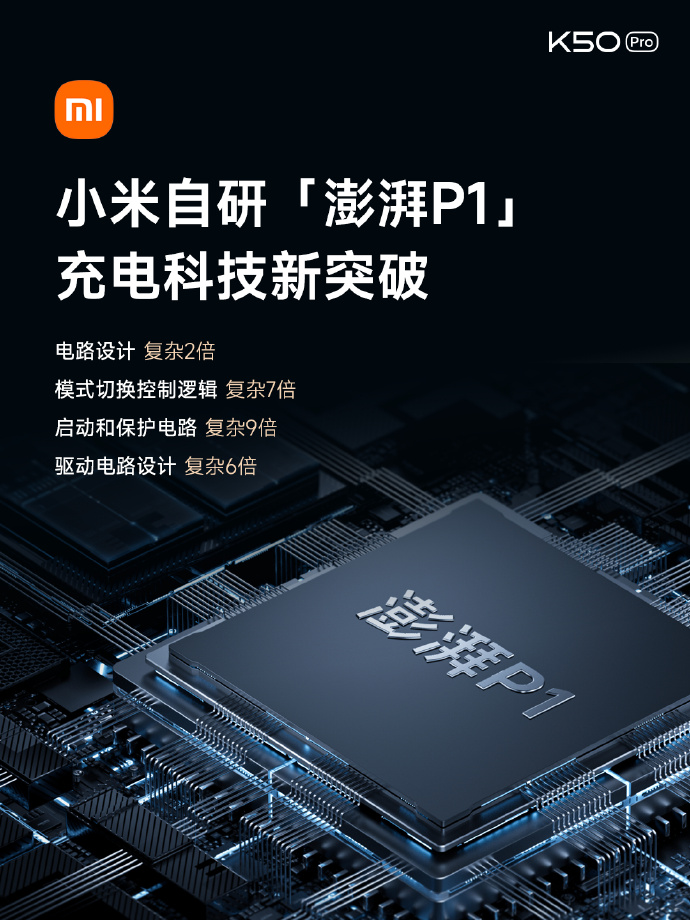
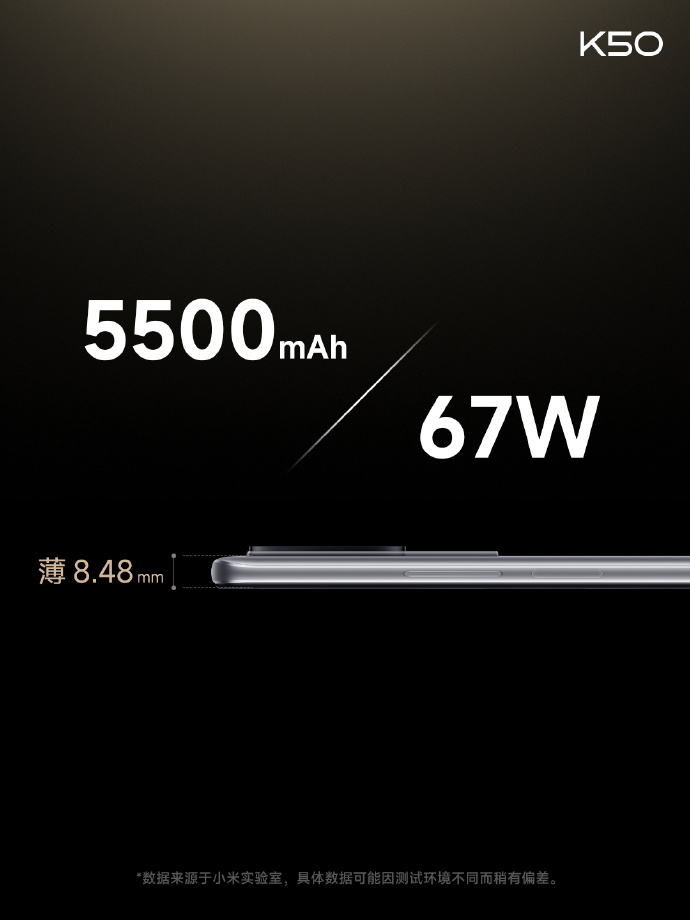
Both phones have the same weight and thickness, weighing 201g and 8.48mm thick. In addition, Dolby Atmos stereo dual speakers, X-axis linear motor, multi-function NFC, and infrared remote control are not absent, and the system is the latest MIUI 13.
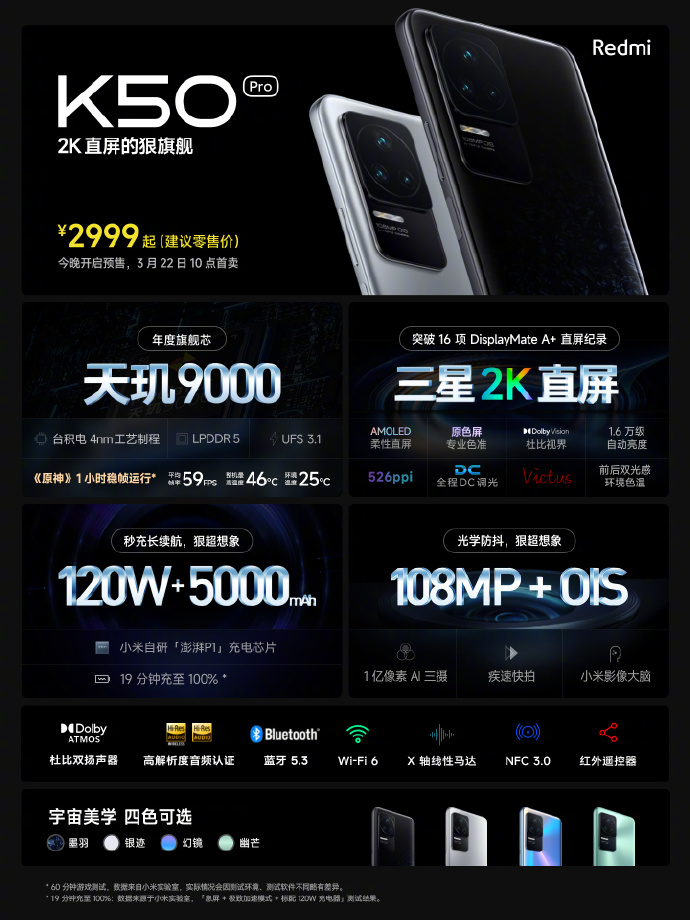
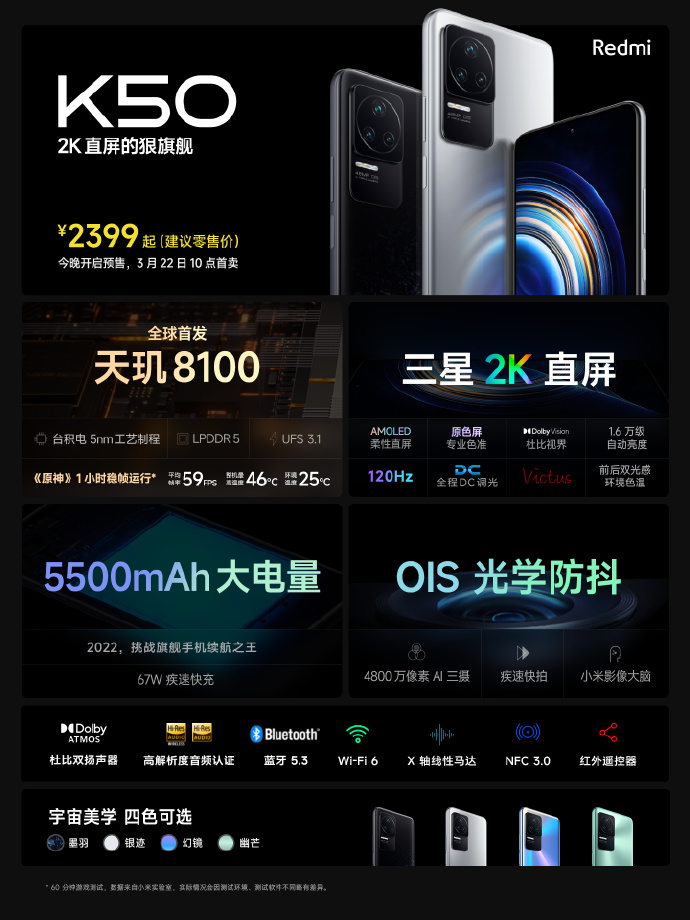
In terms of price, K50 Pro: 8+128GB RMB 2999, 8+256GB RMB 3299, 12+256GB RMB 3599, 12+512GB RMB 3999. The K50: 8+128GB for RMB 2399, 8+256GB for RMB 2599 and 12+256GB for RMB 2799.
Previously expected that Redmi K50 Series will include K50, K50 Pro, and K50 Pro, but instead of launching K50 Pro Plus (all features given to K50 Pro), starting model Redmi K40S debuted as Easter Egg.
The K40 series has sold over 10 million units in the past year, and Redmi has built on the strengths of the K40 series by incorporating new features and a new design, giving the Redmi K40S a comprehensive upgrade.
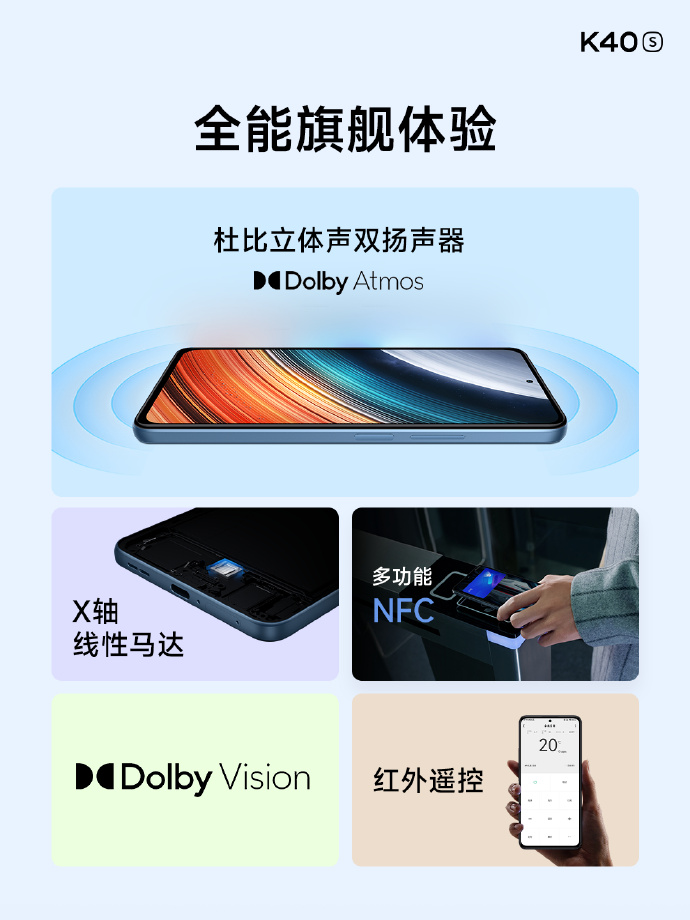
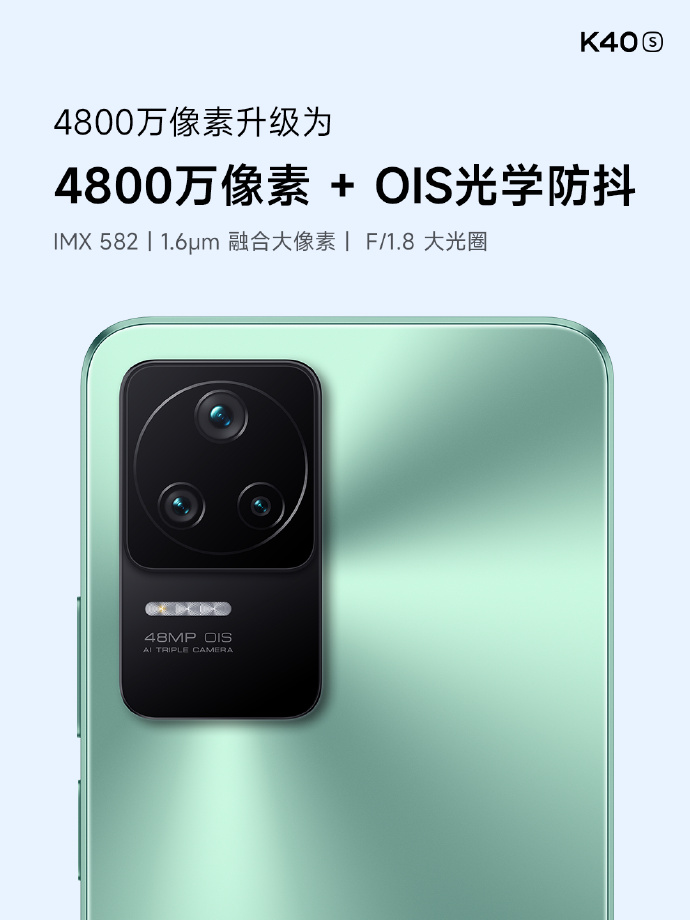
The K40S features a Samsung E4 light-emitting material AMOLED screen with a centered single-hole design, 2400 × 1080p resolution, 120Hz refresh rate, primary color screen support, ambient color temperature sensing, and Dolby Vision support.
The camera is a 48MP OIS main camera + 8MP super wide-angle + 2MP macro, the lens module design is the same as the K50 series. The front is a 20-megapixel camera.
The core processor is Snapdragon 870, an old friend, a generation of Snapdragon god. This year, it can still kill on mid-range machines and is the main reason why Redmi K40S has a high-cost performance.
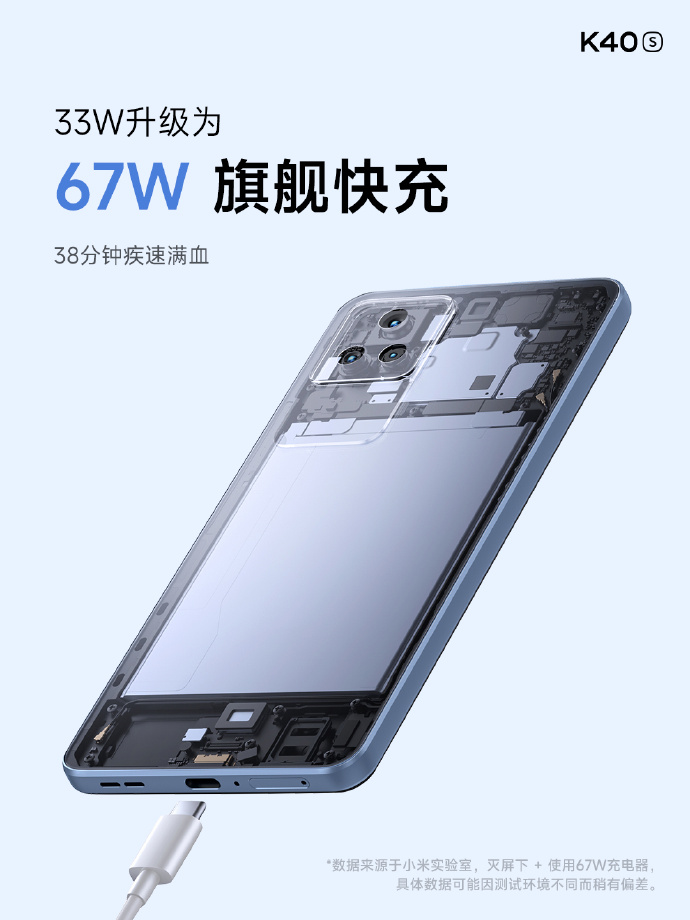
The battery capacity is 4500mAh, supports 67W fast charging, official data 38 minutes to 100%, body thickness 7.7mm, weight 195g. Heat dissipation is one of the key upgrades of K40S, upgraded from VC heat pipe to 3112mm² VC liquid cooling system, which can bring excellent heat dissipation for players when playing some large games.
In addition, Dolby Atmos stereo dual speakers, X-axis linear motor, multi-functional NFC, and infrared remote control are also not absent, and the factory system is the latest MIUI 13.
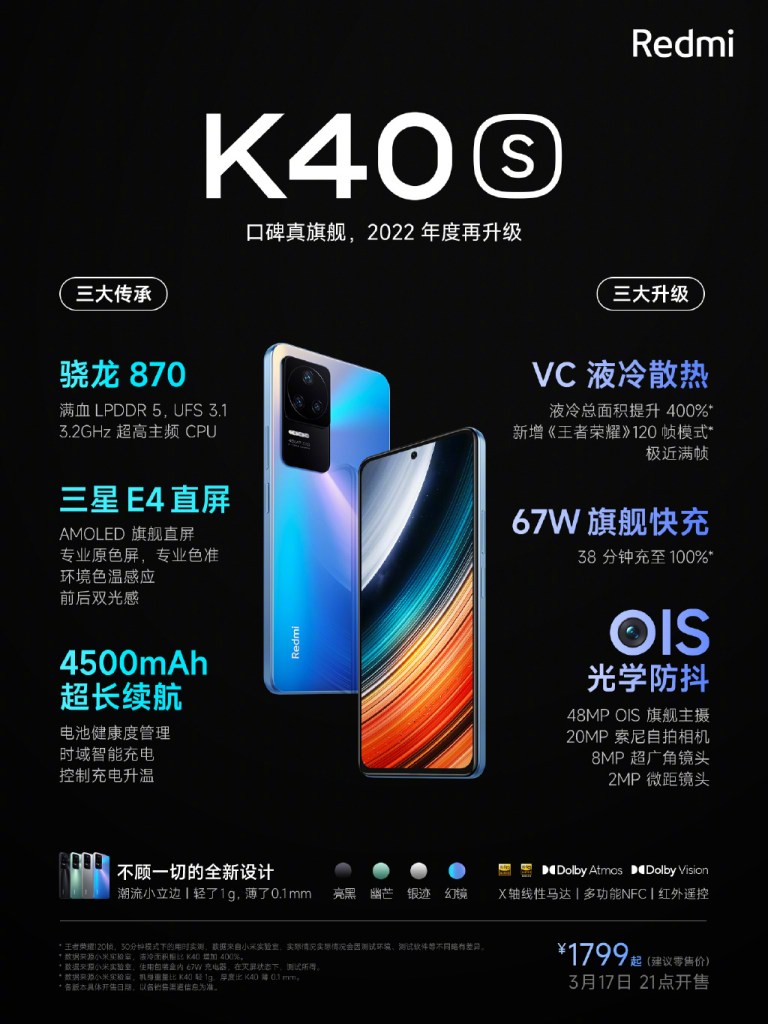
Redmi K40S is priced at RMB 1799 for 6+128GB, RMB 1999 for 8+128GB, RMB 2199 for 8+256GB, and RMB 2399 for 12+256GB.
The post Redmi K50 and K50 Pro Debuted Alongside An Easter Egg appeared first on SPARROWS NEWS.


